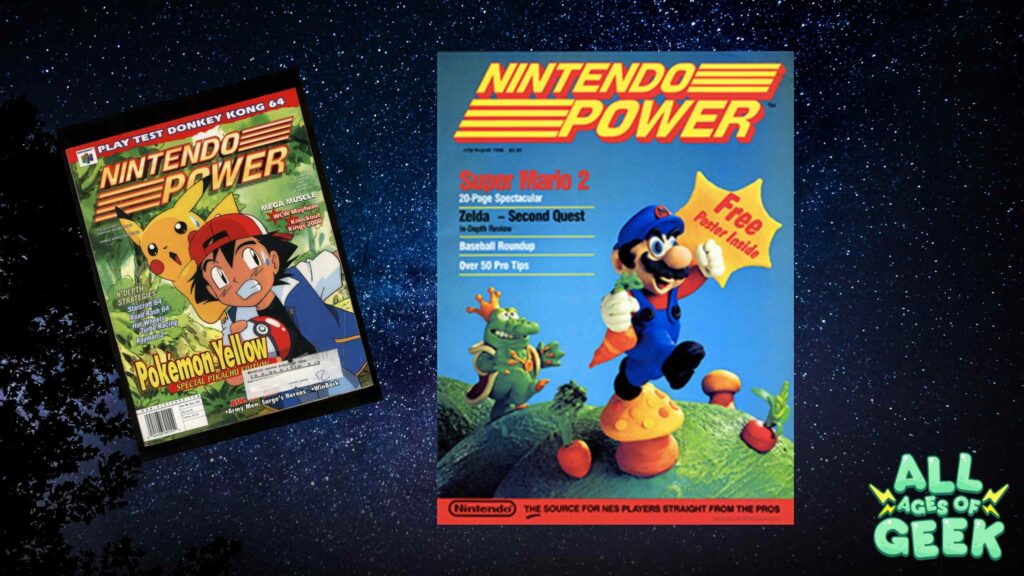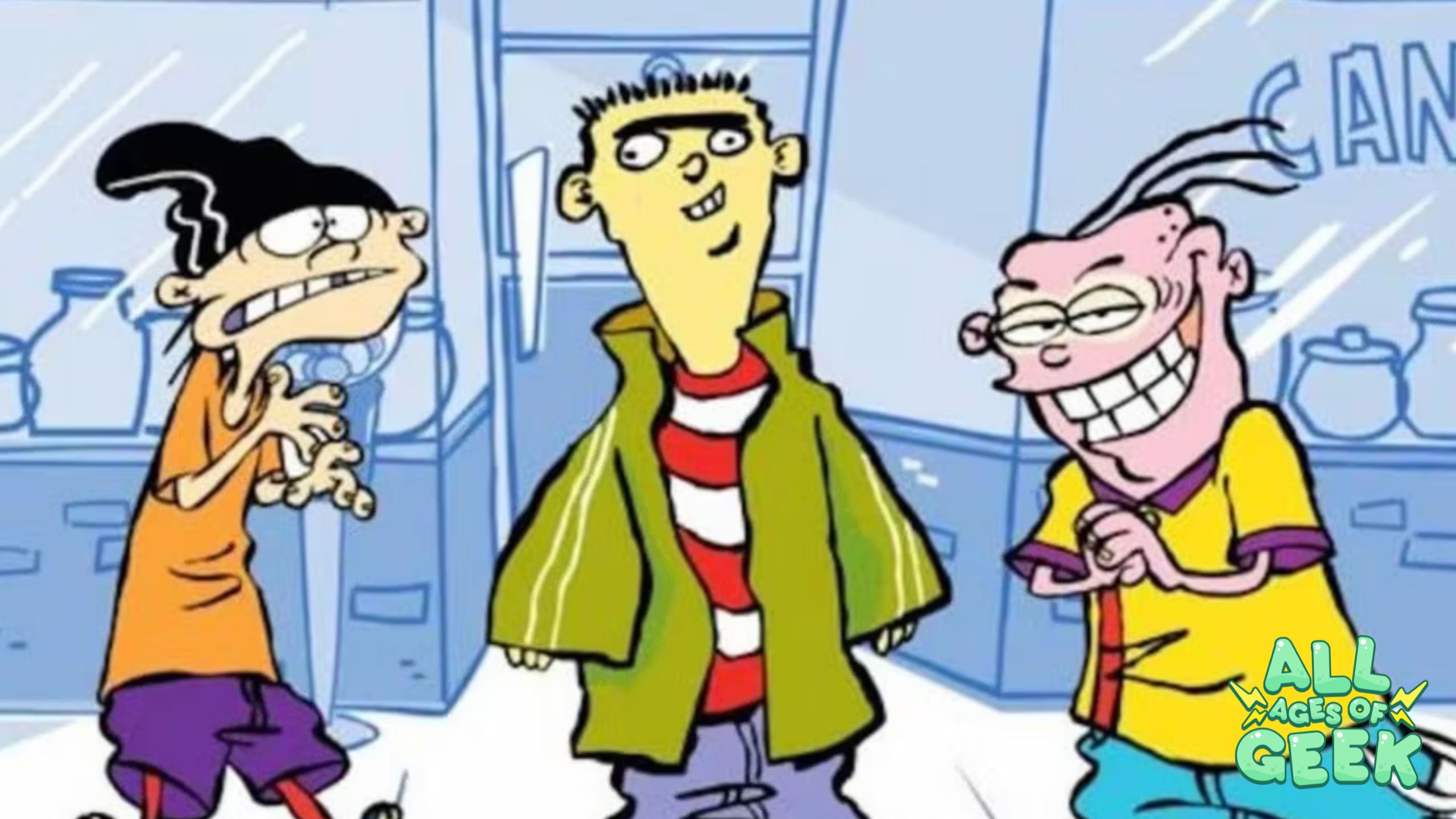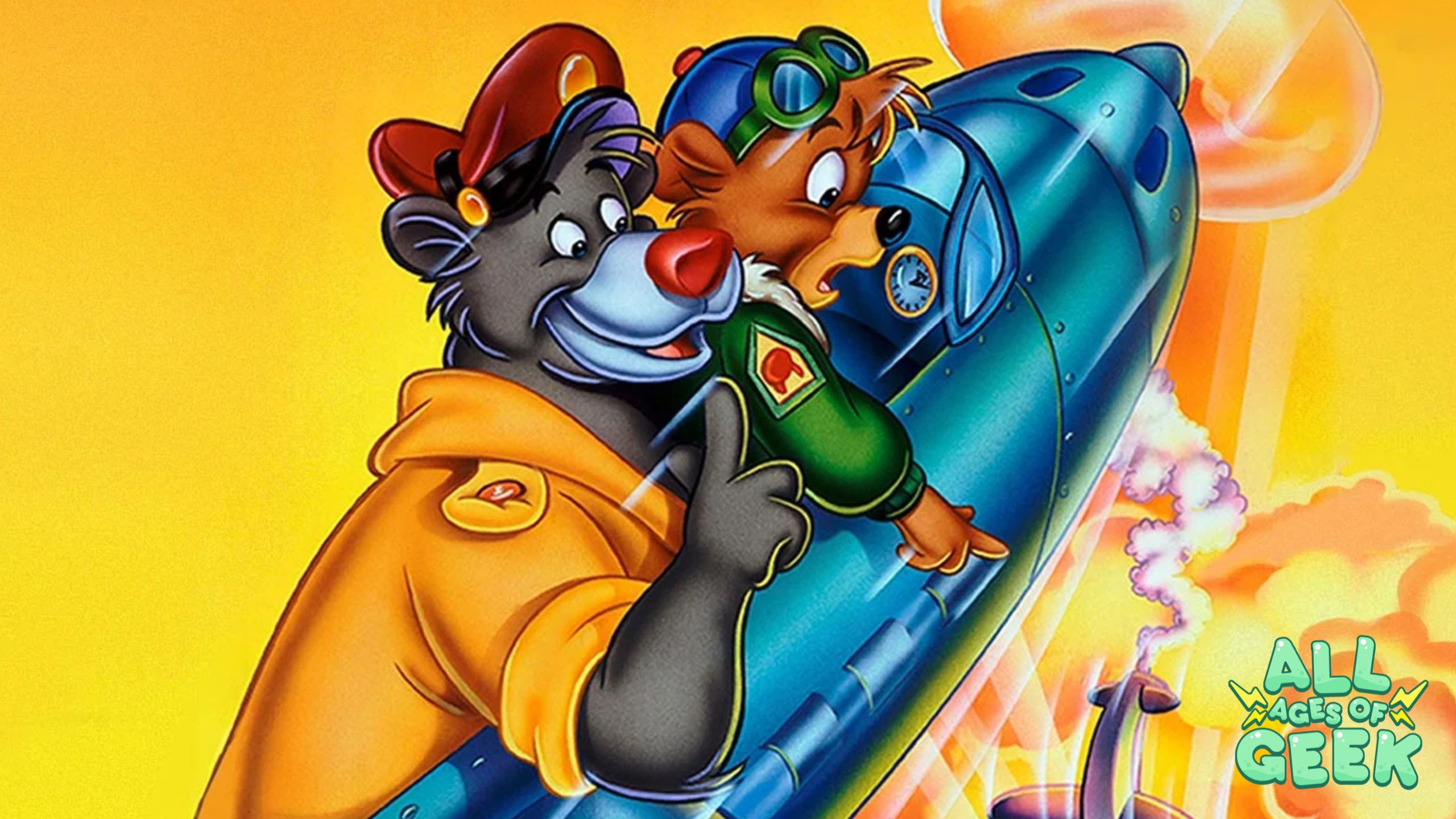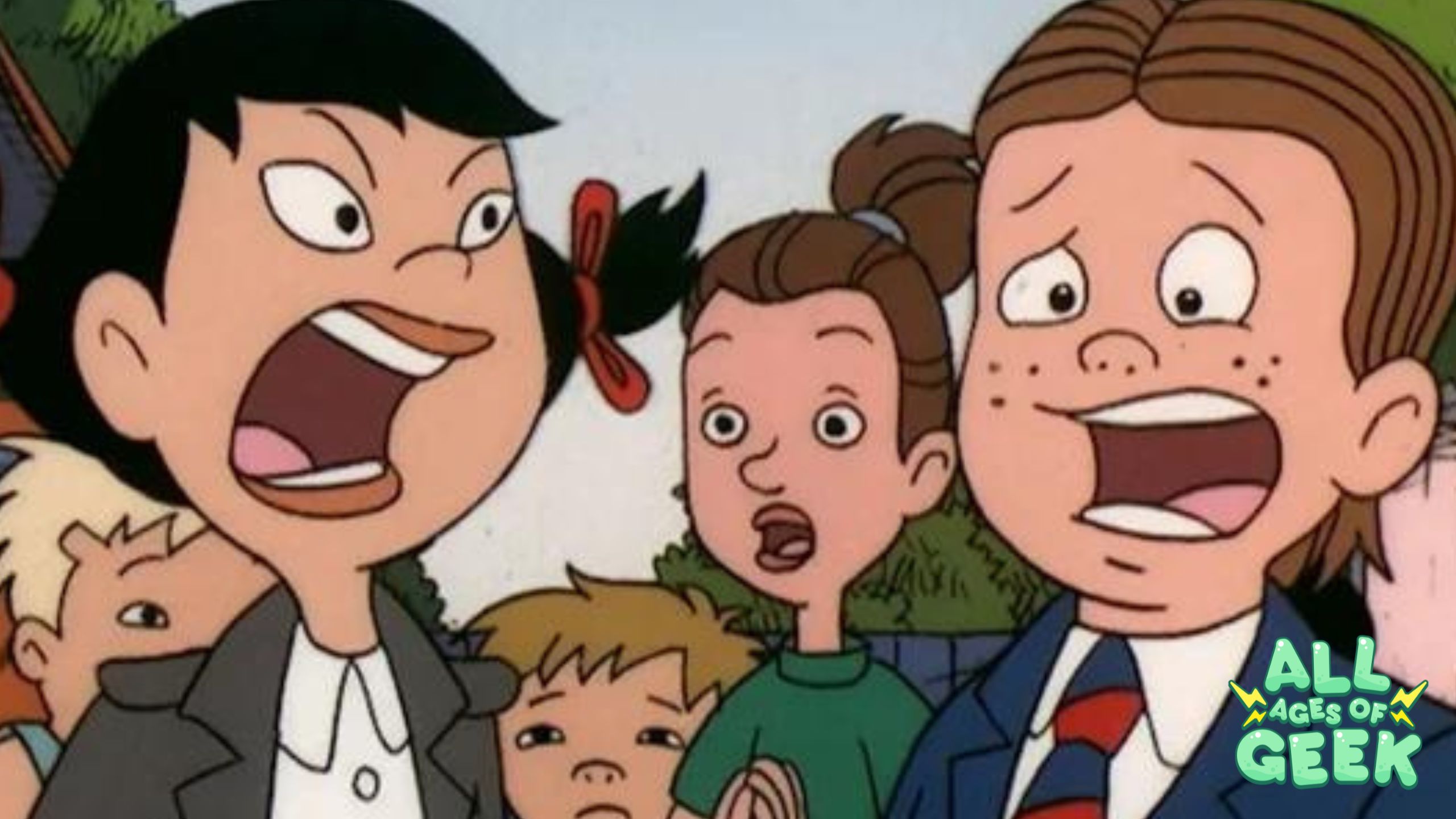1983 was pretty much like the great depression for gaming. When the video game crash happened, a lot of consoles suffered from this, as now all appeal had been lost. Not only that, the rise of home computers, like the Apple Macintosh and the legendary Commodore 64 were on the rise for this period between 1983 and 1985. To put into perspective as to how bad this crash was, the Vectrex and Atari 5200 were discontinued in 1984, and by the time the NES came to America in 1985, the video game industry went from 3.2 billion dollars, to 100 million. That is a 97 percent decline in two years, and that was a drop that could’ve ended the video gaming industry.
The Third Generation was pretty much a Renaissance period of gaming, as at this point, it was all or nothing, and the company that was the spearhead of this generation, was Nintendo. Nintendo released the Family Computer in 1983 in Japan, otherwise known as the Famicom and it was a success in the Japanese market, along with the release of the disk system they would release alongside the Famicom not long after in 1986, but it wasn’t until October of 1985 where it was released to America, and it was a resounding success.
Sega made their debut in the console market with the SG-1000 in 1983, and while it was the beginning of the blue brand, it didn’t sell too well due to the fact that the Famicom was more popular than the system, and was eventually discontinued in 1985 and was never released to the American market. They did bounce back however with the release of the Sega Master System in October of 1985, however, this comeback was… shit. It didn’t sell too well at all in Japan or America due to the fact that now, the NES and Famicom were dominating the market and they pretty much had the weight of the whole gaming industry on their shoulders trying to revive it, and although Sega did have a helping hand, it was one of those “too little too late” moments and was soon discontinued in America in 1992. However, the system did do well in Europe selling several million units and discontinuing in 1996. And last but not least, Brazil. Now you’d think that the lifespan of the PS2 was ridiculous, from 2000 to 2013, get this: the Master System has yet to be discontinued in Brazil. You read that right, you don’t need to rub your eyes or clean your glasses, the Master System is still being made in Brazil to this day, which means that the Master System has a life of 30 years, making it the longest-running console that is being sold today. I legit can’t imagine being someone from Brazil who owns this in the modern-day, but technically this means that the Third Generation of gaming, although ending in 2003 with the end of the Famicom, is still technically in existence since the Master System has yet to be discontinued. Jesus that’s a long time and then some.
And the last console to talk about is the Atari 7800. Has anyone noticed that the Atari consoles actually went up in 2600s? That’s an interesting little Easter Egg I just found out. But there’s really not much to say about it as there are no sales numbers to the system and how it did. It was released in 1986 but discontinued on New Year’s Day, 1992. It’s both an enigmatic system, but also a forgotten one, and the 2600 was still going on during this generation and pretty much became the Commodore 64 of the console bunch. Cheap, underpowered, but still fun to use even with the consoles that were out at this time.
There’s almost no question about it that Nintendo were the winners of the Third Generation of the Console Wars. They pretty much saved the entire gaming industry from what could’ve been the end had Nintendo never came into America with the NES, but they pretty much made gaming cool again, especially when they started releasing their famous magazine “Nintendo Power” in 1988.
But in 1987, a new challenger had approached that had graphical capabilities that surpassed the NES and the Sega Master System, and it began a gaming revolution that lasted for the entirety of the 90s.
Enter: The Bit Wars










